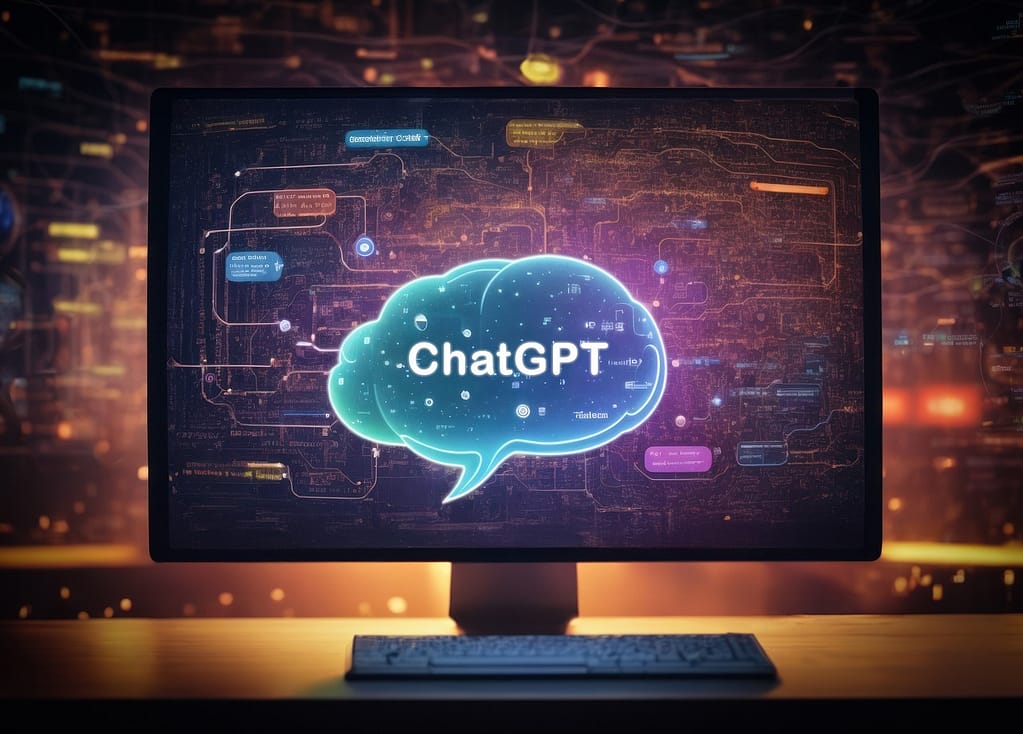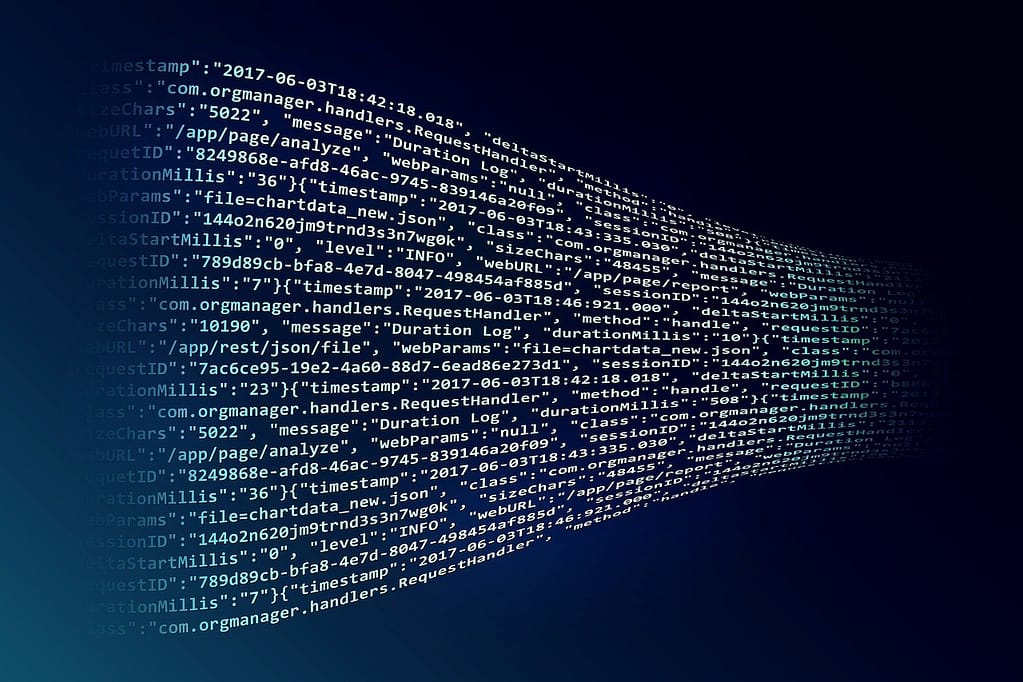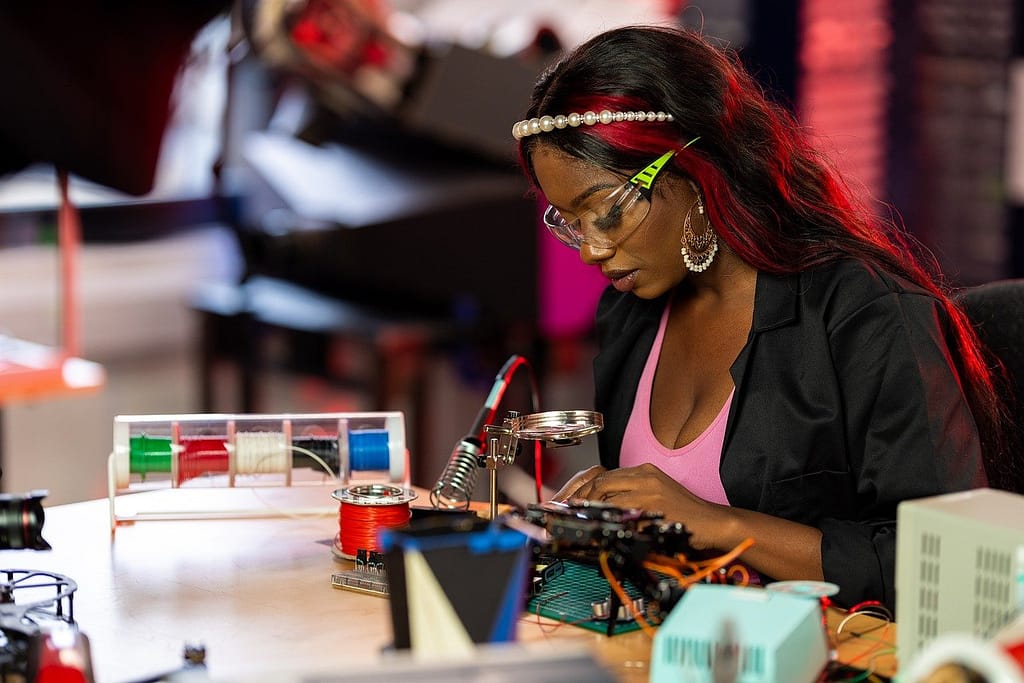In recent years, artificial intelligence (AI) has made remarkable strides, transforming industries and reshaping how we live and work. While AI systems are increasingly prevalent, questions about their accuracy compared to human intelligence persist. This article aims to explore the accuracy of AI and human intelligence across various domains, highlighting their strengths and weaknesses. By understanding these differences, we can better appreciate how AI and human capabilities can complement each other.

Understanding Artificial Intelligence
Definition and Types of AI
Artificial intelligence refers to the simulation of human intelligence processes by machines, particularly computer systems. These processes include learning (the acquisition of information and rules for using it), reasoning (using rules to reach approximate or definite conclusions), and self-correction. AI can be broadly categorized into two types: narrow AI and general AI.
Narrow AI, or weak AI, is designed to perform specific tasks, such as image recognition or language translation. Examples include virtual assistants like Siri and Alexa, and recommendation algorithms used by Netflix and Amazon.
General AI, or strong AI, refers to systems with generalized human cognitive abilities. When faced with an unfamiliar task, a strong AI system could find a solution without human intervention, much like a human would. However, general AI remains largely theoretical and has not yet been realized.
Mechanisms and Algorithms Behind AI Accuracy
AI accuracy hinges on the quality of algorithms and the data used for training. Machine learning (ML) and deep learning are two core techniques used to develop AI systems.
Machine learning involves feeding large amounts of data into algorithms, which then learn to perform tasks by identifying patterns and making predictions based on that data. For example, a spam filter learns to identify spam emails by analyzing thousands of examples of spam and non-spam emails.
Deep learning, a subset of ML, uses neural networks with many layers (hence “deep”) to analyze various factors of data. This approach is particularly effective for complex tasks such as image and speech recognition.
Metrics for Measuring AI Accuracy
Several metrics are used to assess the accuracy of AI systems:
- Precision: The ratio of true positive results to the total predicted positives.
- Recall: The ratio of true positive results to all actual positives.
- F1 Score: The harmonic mean of precision and recall, providing a balance between the two.
- ROC-AUC: Measures the performance across all classification thresholds, useful for binary classification problems.
These metrics help quantify how well an AI system performs and ensure continuous improvement through iterative testing and refining.
Human Intelligence and Accuracy
Definition and Components of Human Intelligence
Human intelligence encompasses a broad range of cognitive abilities, including perception, reasoning, memory, learning, and problem-solving. Additionally, emotional intelligence, which involves understanding and managing one’s emotions and the emotions of others, plays a crucial role in human decision-making and accuracy.
Factors Affecting Human Accuracy
Human accuracy is influenced by various factors:
- Experience and Expertise: Skilled individuals with extensive experience in a specific field often demonstrate higher accuracy.
- Cognitive Biases: Humans are prone to biases that can distort judgment and decision-making.
- Fatigue and Stress: Physical and mental exhaustion can significantly impair accuracy.
Measuring Human Accuracy
Assessing human accuracy involves various methods:
- Performance Tests: Standardized tests evaluate specific skills and knowledge.
- Real-world Evaluations: Practical assessments in real-life scenarios measure how well individuals perform tasks.
- Peer Reviews and Feedback: Input from colleagues and experts provides insights into an individual’s accuracy and performance.

Comparing AI and Human Accuracy in Different Domains
Healthcare
Diagnostic Accuracy
AI applications in healthcare, particularly in diagnostics, have shown impressive results. For instance, AI algorithms can analyze medical images to detect diseases such as cancer with high accuracy. Studies have shown that AI can match or even surpass human radiologists in detecting abnormalities in medical images . However, human doctors bring a holistic perspective, integrating patient history and other contextual factors into their diagnoses.
Treatment Recommendations
AI also plays a role in personalized medicine, where algorithms analyze genetic information to recommend tailored treatments. While AI can process vast amounts of data quickly, human doctors provide invaluable insights based on their experience and patient interactions, ensuring that treatment plans are practical and ethical.
Finance
Fraud Detection
In finance, AI algorithms excel at detecting fraudulent activities. Machine learning models analyze transaction patterns and flag anomalies that may indicate fraud. These systems can process large datasets rapidly, identifying subtle patterns that might elude human analysts . However, human oversight is essential to interpret complex cases and make final decisions.
Investment Strategies
AI-driven investment strategies leverage data analytics and predictive modeling to identify lucrative opportunities. These systems can analyze market trends and execute trades faster than human traders. Nonetheless, human financial experts bring strategic thinking and intuition, especially in volatile markets where quick judgment calls are necessary.
Transportation
Autonomous Vehicles
Autonomous vehicles rely on AI to navigate and make real-time decisions. These systems use sensors and machine learning algorithms to interpret their surroundings and avoid obstacles. While AI-driven cars have shown impressive accuracy in controlled environments, human drivers still outperform in unpredictable situations, such as responding to erratic behavior by other drivers .
Customer Service
Chatbots and Virtual Assistants
AI-powered chatbots and virtual assistants provide efficient customer service by handling routine queries and tasks. These systems can operate 24/7 and manage high volumes of interactions with consistent accuracy. However, human customer service representatives excel in handling complex issues and providing empathetic support, which AI currently lacks.
Creative Fields
Content Creation
AI has made strides in content creation, generating art, music, and written text. Tools like GPT-3 can produce coherent articles and stories, while AI algorithms create music and artwork. Despite these advances, human creativity remains unparalleled, with humans producing nuanced and emotionally resonant works that AI cannot yet replicate.

Factors Influencing Accuracy: AI vs. Humans
Data Quality and Quantity
AI accuracy depends heavily on the quality and quantity of data used for training. High-quality, diverse datasets lead to better-performing models. Conversely, biased or insufficient data can impair AI accuracy. Humans, on the other hand, rely on their education, experience, and continuous learning to maintain accuracy.
Adaptability and Learning
AI systems learn from data and improve over time, but they can struggle with tasks they were not explicitly trained for. Humans excel in adaptability, applying knowledge from one domain to another and learning from new experiences.
Speed and Efficiency
AI can process vast amounts of data quickly, making rapid decisions in real-time. This speed is crucial in areas like high-frequency trading and automated customer service. Humans, while generally slower, bring depth and context to their decision-making processes, balancing speed with thoroughness.
Error Rates and Reliability
AI error rates vary depending on the task and data quality. For instance, AI can achieve near-perfect accuracy in image recognition but may falter in understanding nuanced language. Human error rates are influenced by fatigue, stress, and cognitive biases. Combining AI’s consistency with human oversight can enhance reliability.
Challenges and Limitations
AI Limitations
AI faces several limitations:
- Bias: AI systems can inherit biases present in training data, leading to skewed results.
- Dependence on Data Quality: Poor data quality can significantly impair AI performance.
- Lack of Common Sense: AI lacks general understanding and common sense reasoning.
Human Limitations
Humans are subject to:
- Cognitive Biases: These can distort judgment and decision-making.
- Fatigue and Stress: Physical and mental exhaustion can reduce accuracy.
- Data Processing Limits: Humans cannot process large amounts of data as quickly as AI.
Ethical Considerations
AI decision-making raises ethical questions, such as accountability for errors and biases. Human decision-making also faces ethical dilemmas, particularly in high-stakes environments like healthcare and finance.
The Future of AI and Human Collaboration
Complementary Strengths
AI and humans have complementary strengths. AI excels at processing large datasets and identifying patterns, while humans bring intuition, creativity, and ethical considerations. Combining these strengths can lead to more accurate and effective outcomes.
Hybrid Models
Hybrid models, where AI and humans collaborate, are becoming more common. For example, in healthcare, AI can assist doctors by analyzing medical images, while doctors make the final diagnoses and treatment decisions. This collaboration enhances accuracy and efficiency.
Future Trends and Innovations
Emerging technologies, such as explainable AI and improved machine learning algorithms, will further enhance AI accuracy. As AI systems become more sophisticated, they will increasingly work alongside humans, taking on more complex tasks and driving innovation across industries.
Conclusion
AI and human intelligence each have unique strengths and weaknesses. AI systems can achieve high accuracy in specific tasks, processing large amounts of data quickly and consistently. However, human intelligence brings adaptability, intuition, and ethical judgment, which are crucial in many contexts. By leveraging the complementary strengths of AI and human intelligence, we can achieve greater accuracy and efficiency across various domains, paving the way for a future where humans and machines work together harmoniously.
References
- “Artificial Intelligence in Healthcare: Diagnostic Accuracy,” Journal of Medical Imaging.
- “Fraud Detection Using Machine Learning Algorithms,” Financial Technology Review.
- “Autonomous Vehicles and Human Drivers: A Comparative Study,” Transportation Research Journal.




